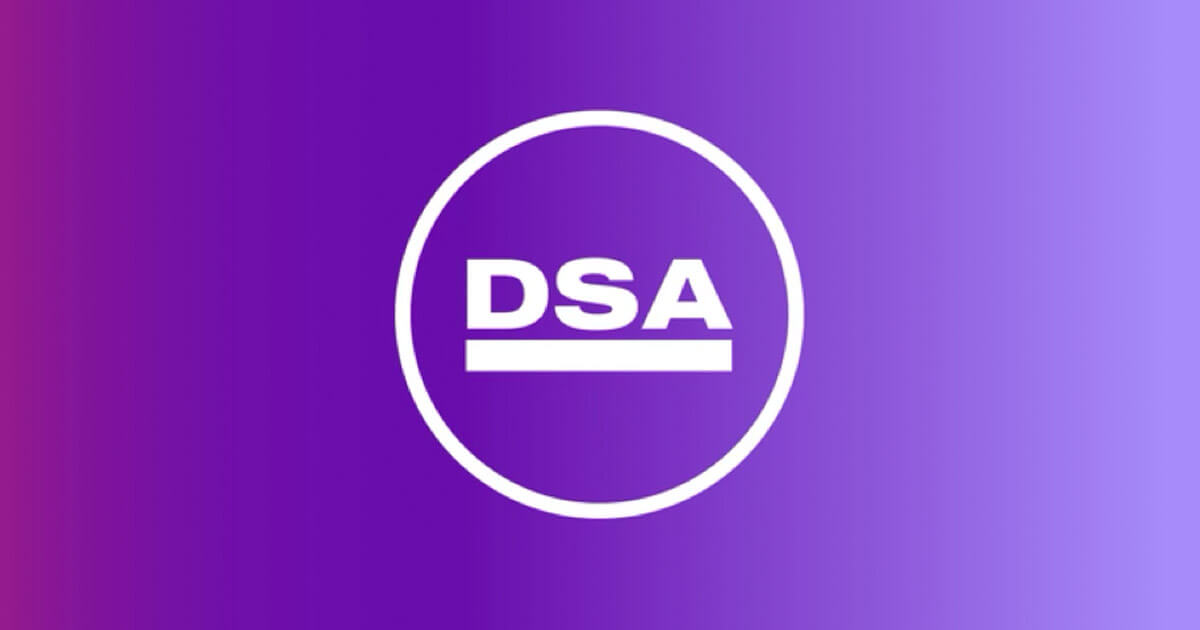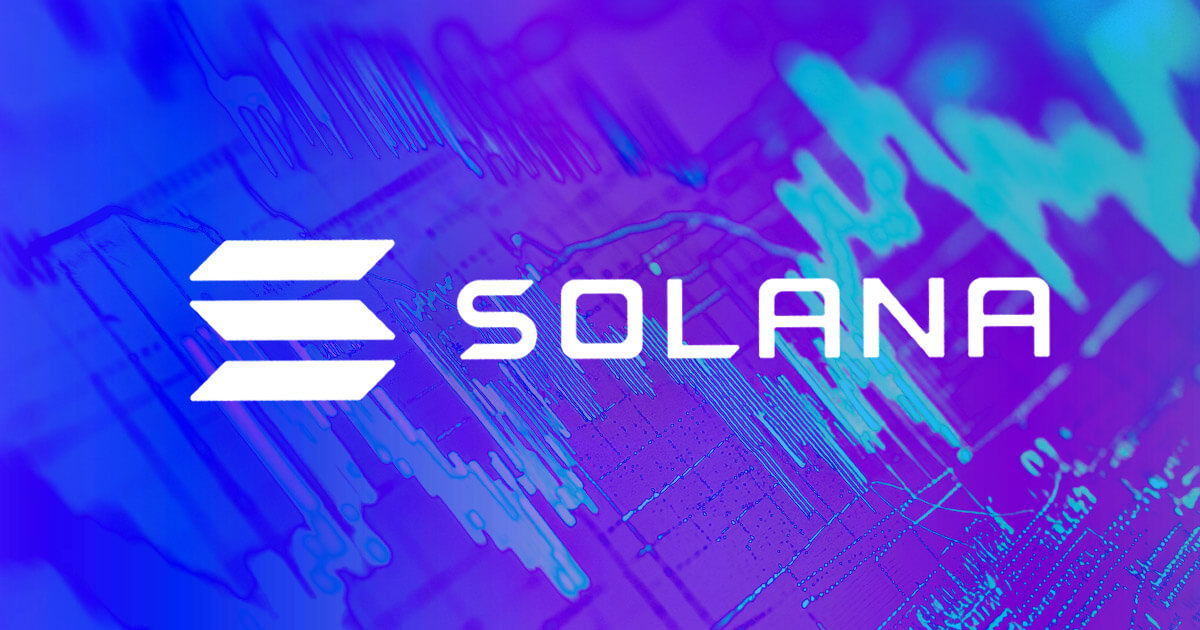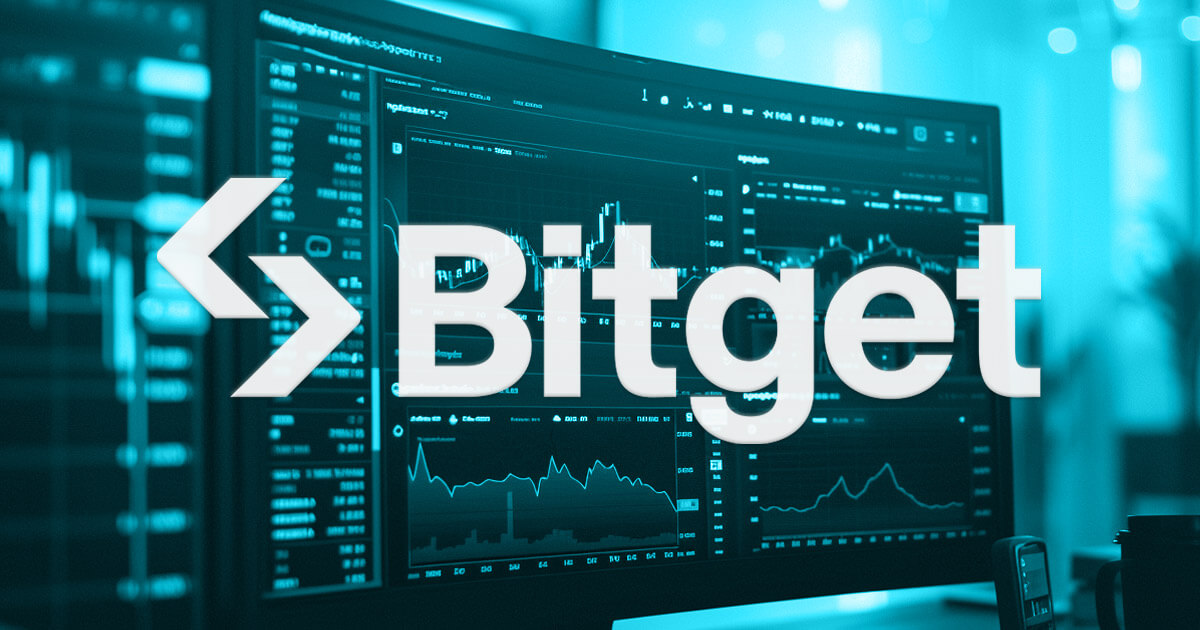 Ethereum implements first gas limit increase since the Merge Oluwapelumi Adejumo · 20 mins ago · 2 min read
Ethereum implements first gas limit increase since the Merge Oluwapelumi Adejumo · 20 mins ago · 2 min read
Ethereum co-founder Vitalik Buterin said the gas limit increase is a crucial step towards better scalability and network efficiency.

Cover art/illustration via CryptoSlate. Image includes combined content which may include AI-generated content.
Ethereum has raised its network gas limit, marking the first adjustment since transitioning to a proof-of-stake (PoS) consensus model in 2022.
On Feb. 4, Etherscan, Ethereum’s blockchain explorer, confirmed that the gas limit reached a record 35.3 million at block 21771507.
This change followed a validator vote, in which approximately 52% supported the increase, according to Gaslimit.pics.
 Chart showing the Ethereum gas limit from Jan. 5 to Feb. 4, 2025 (Source: Gaslimit.pics)
Chart showing the Ethereum gas limit from Jan. 5 to Feb. 4, 2025 (Source: Gaslimit.pics)The adjustment took effect automatically without requiring a hard fork. As a result, the new limit is 32 million gas units, with expectations of expanding to 36 million.
The last modification occurred in late 2021 when the limit rose from 15 million to 30 million units.
Block Tempo explained that the gas limit increase would allow the network blocks to accommodate more transactions, ease congestion, and help stabilize transaction fees.
They also noted that the increase enhances Ethereum’s ability to handle complex smart contracts and high-demand decentralized applications (dApps). They added that the move further improves transaction speed and efficiency, making the network more scalable for DeFi and other blockchain-based innovations.
However, this change also burdens network nodes more as it increases processing requirements, potentially impacting decentralization.
Community reactions
Ethereum co-founder Vitalik Buterin hailed the update, noting that the network’s “L1 is scaling.”
He also discussed the ongoing efforts to balance scalability with decentralization. According to him, there is ongoing work on Ethereum Improvement Proposal (EIP) 4444 to ensure that the higher Layer 1 gas limits align with decentralization goals.
He also commented on the upcoming Pectra update in March, which will increase Ethereum’s blob count from three to six.
He said:
“IMO we should make the blob target also staker-voted, so that it can increase in respose to technology improvements without waiting for hard forks.”
Meanwhile, industry expert Evan Van Ness stressed the importance of this upgrade, noting that it marks the first increase since Ethereum transitioned to PoS after the Merge event in September 2022.
He emphasized that coordination for the update took longer due to the decentralized nature of PoS compared to proof-of-work (PoW).
Notably, independent Ethereum educator Anthony Sassano predicted that Ethereum’s mainnet gas limit could reach at least 50 million by year’s end. This expansion would significantly improve Ethereum’s scalability and transaction processing capabilities if realized.












































